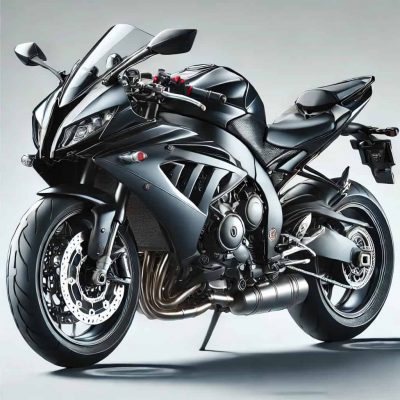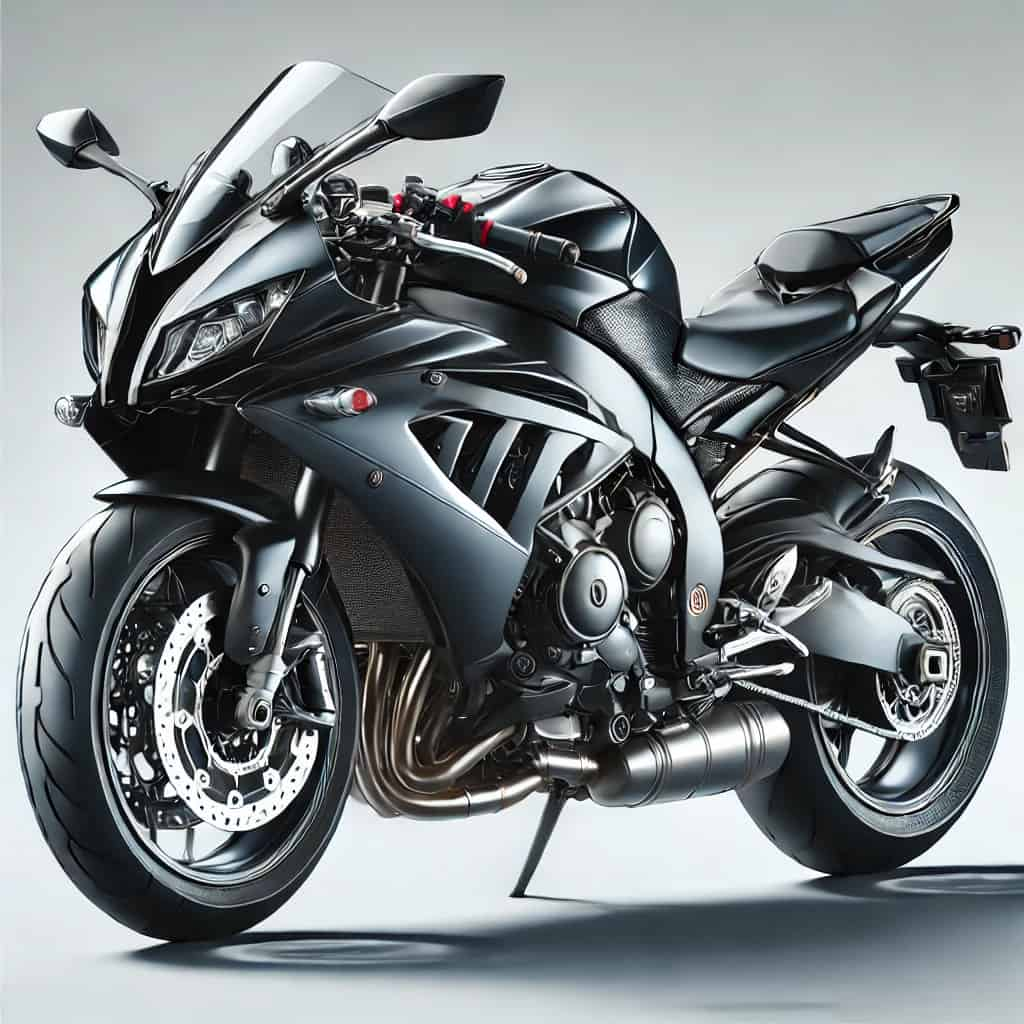In the competitive world of motorcycle manufacturing, balancing cost efficiency with high-quality production is a constant challenge. Cutting costs while maintaining top performance is no easy task, but one effective strategy lies in optimizing wiring harness design. Often overlooked, a smartly designed wiring harness can significantly reduce production costs, minimize material waste, and decrease labor demands, all while enhancing the motorcycle’s overall performance and reliability.
At Konnra, we understand these pressures and are here to help. We know that as the industry rapidly evolves, manufacturers need to find ways to meet high consumer expectations without sacrificing their bottom line. This article will discuss how optimizing wiring harness design can help you achieve these goals, ensuring you stay competitive without compromising on quality.

Ⅰ. The Importance of the Wiring Harness in Motorcycles
The wiring harness is the lifeblood of a motorcycle’s electrical system. It is responsible for transmitting power and signals to various components, ensuring that the motorcycle functions smoothly. From the engine to the lighting system, the dashboard to the sensors, every electrical function in a motorcycle relies on the efficient operation of the wiring harness.
The design of the wiring harness directly impacts the vehicle’s performance, safety, and longevity. A poorly designed wiring harness can lead to electrical failures, increased maintenance costs, and ultimately, dissatisfied customers. On the other hand, a well-designed wiring harness enhances the motorcycle’s reliability, reduces the likelihood of electrical issues, and contributes to a superior riding experience.
Given its critical role, optimizing the wiring harness is not just about reducing costs—it’s about ensuring that the motorcycle meets the high standards expected by consumers, all while maintaining a competitive edge in the market.
For wiring harness custom manufacturers aiming to enhance performance and reliability, Konnra offers top-quality, tailored solutions. Visit our website to discover how we can help elevate your products and stay competitive.
Ⅱ. Material Selection and Optimization in Wiring Harnesses
One of the most direct ways to reduce costs in wiring harness production is through careful material selection. The materials used in a wiring harness must balance performance, durability, and cost-effectiveness.
1.Common Materials and Their Benefits
Copper is the most commonly used material for wiring in motorcycles due to its excellent conductivity and resistance to corrosion. However, the rising cost of copper has pushed manufacturers to explore alternative materials that can offer similar performance at a lower cost.
Lightweight Materials
One such alternative is aluminum. Although slightly less conductive than copper, aluminum is much lighter and more affordable. In applications where the highest conductivity is not required, aluminum can be an effective substitute, helping to reduce both the weight and cost of the wiring harness.
High-Performance Plastic Sheaths
The sheath material, typically made from PVC (polyvinyl chloride) or PE (polyethylene), is crucial for protecting the wires from environmental damage. Recently, there has been a shift towards using high-performance plastics that are not only more durable but also environmentally friendly. These materials can often be made thinner than traditional options, reducing the overall amount of material needed and thus cutting costs.
2.Durability vs. Cost
When selecting materials, it’s also essential to consider the balance between durability and cost. High-performance materials may have a higher upfront cost, but their increased lifespan and reduced need for maintenance can lower the total cost of ownership over time. For example, using high-temperature-resistant materials can prevent premature aging and failure of the wiring harness, saving money on replacements and repairs in the long run.
Ⅲ. Modular and Standardized Wiring Harness Design
The design of the wiring harness plays a crucial role in reducing costs. Two key approaches—modular design and standardization—can lead to significant cost savings.
1.The Advantages of Modular Design
Modular design involves breaking down the wiring harness system into smaller, self-contained modules. Each module can be independently designed, produced, and tested before being integrated into the final assembly. This approach offers several cost-saving benefits:
Simplified Production:
Modular design simplifies the production process by allowing manufacturers to focus on smaller, manageable units. This can lead to faster production times and reduced labor costs.
Flexibility:
Different modules can be mixed and matched to suit various motorcycle models, reducing the need for entirely new designs for each model. This flexibility can significantly cut down on design and development costs.
2.Standardization for Cost Reduction
Standardizing the design of the wiring harness across different models can also lead to substantial cost savings. By using the same components and layouts across multiple models, manufacturers can reduce the variety of parts they need to produce and keep in inventory. This not only simplifies the manufacturing process but also allows for economies of scale, which can drive down the cost per unit.
Standardization also makes it easier to implement automation in the production process, further reducing labor costs and improving consistency and quality.
Ⅳ. Optimizing Connector Design in Wiring Harnesses
Connectors are a critical component of the wiring harness, and optimizing their design can lead to significant cost savings and efficiency improvements.
1.The Role of Connectors in Wiring Harnesses
Connectors join the various wires and components within the wiring harness, and their design can greatly influence the ease of assembly, maintenance, and overall reliability of the electrical system.
2.Cost-Effective Connector Design
Adopting efficient connector designs can reduce assembly time and lower labor costs. For example, push-in connectors, which allow for quick and tool-free connections, can significantly speed up the assembly process. This not only reduces labor costs but also minimizes the risk of assembly errors, which can lead to costly rework and quality issues.
3.Balancing Protection and Cost
Motorcycles often operate in harsh environments, making it crucial for connectors to be protected against elements such as water, dust, and vibrations. While higher protection levels typically mean higher costs, it’s essential to find a balance. Not all connectors need to meet the highest protection standards; choosing the appropriate level of protection based on the specific application can help reduce costs without compromising on reliability.
For example, connectors used in less exposed parts of the motorcycle may not require the same level of waterproofing as those near the engine or wheels. By carefully selecting connectors with the necessary level of protection, manufacturers can avoid overengineering and keep costs under control.
Conclusion
Optimizing the design of the wiring harness is a powerful strategy for cutting costs in motorcycle manufacturing without compromising on quality or performance. By carefully selecting materials, implementing modular and standardized designs, and fine-tuning connectors, manufacturers can achieve substantial savings while still delivering top-tier motorcycles that meet consumer expectations.
As the motorcycle industry continues to evolve, staying ahead of the competition requires mastering these optimization techniques. If you’re looking to dive deeper into how the right connectors and wiring harnesses can transform your manufacturing process, we invite you to visit Konnra’s website. Explore our range of products and discover how our expertise can help you achieve your cost-saving goals while maintaining the highest standards of quality and performance.










